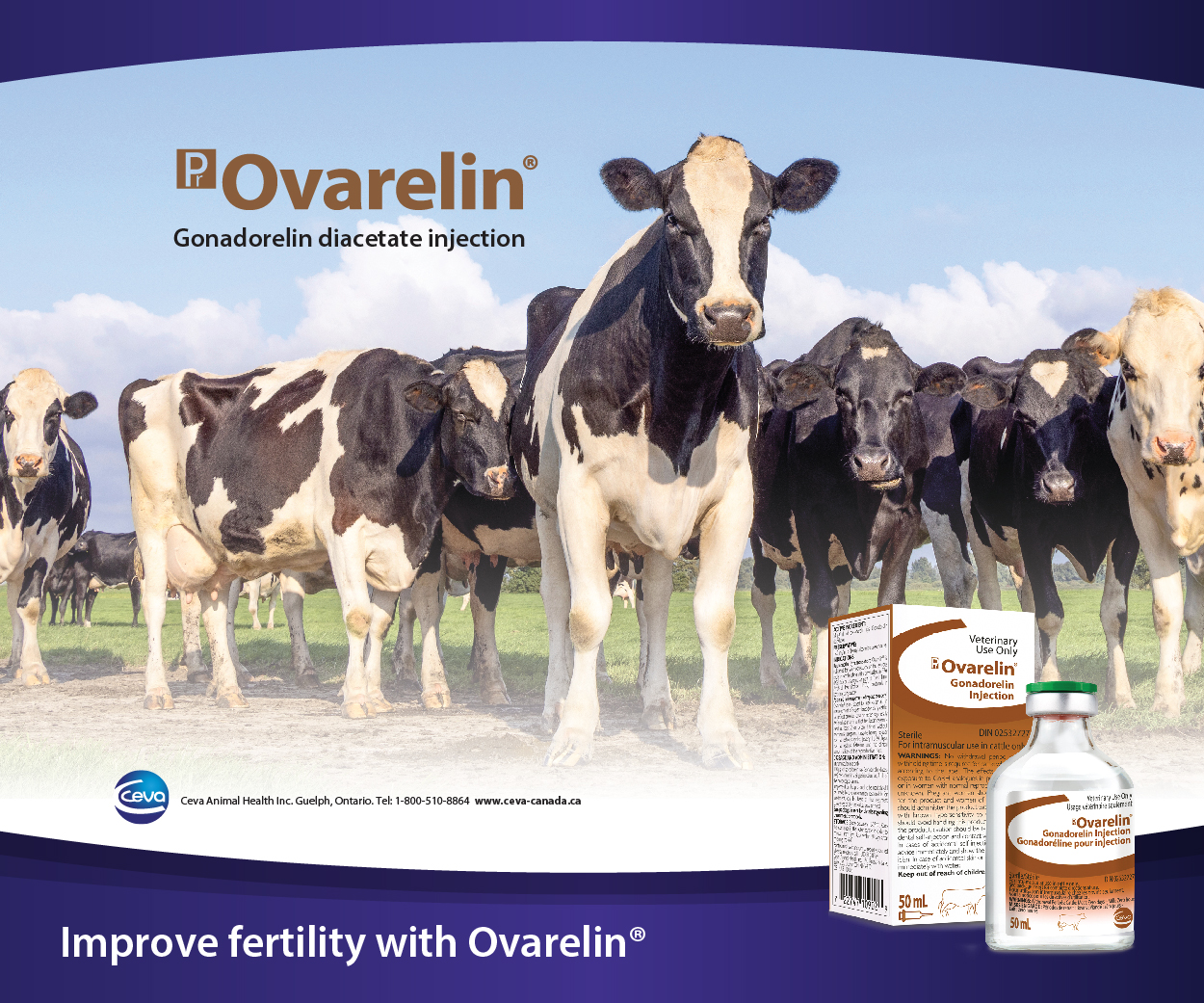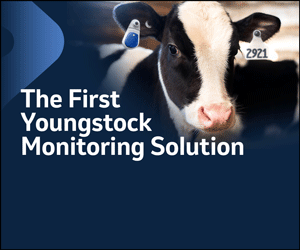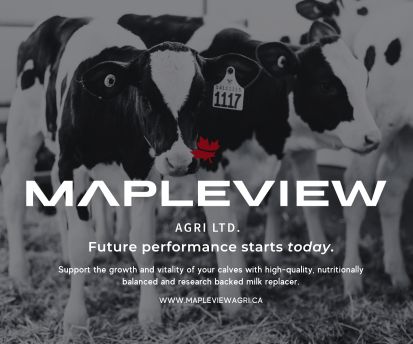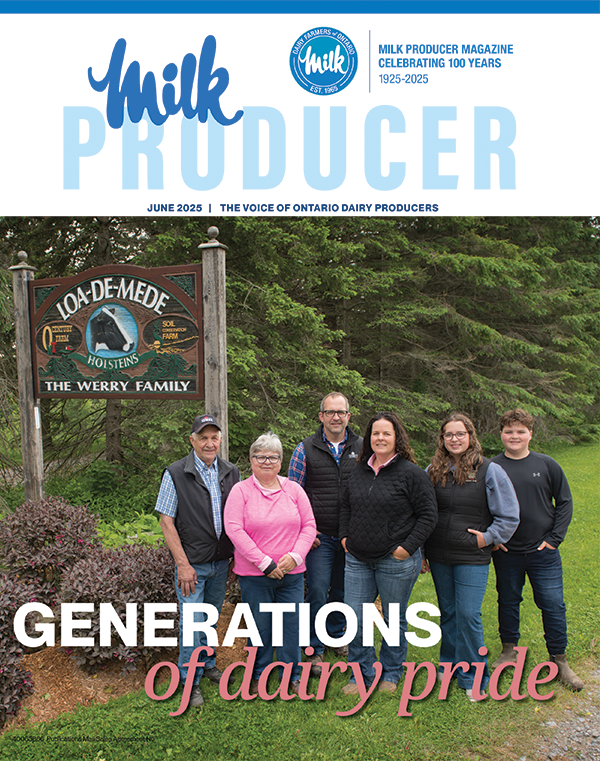
On The Cover:
Generations of Dairy Pride
The Werry family of Loa-De-Mede Farms has spent over a century blending innovation, tradition and community commitment to grow a thriving multigenerational dairy operation just outside Oshawa, Ont.
More from this issue
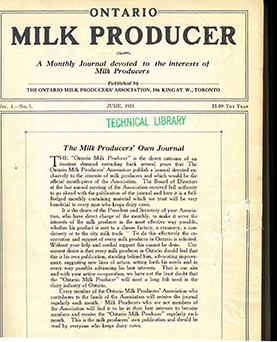
Learning by looking back
Milk Producer magazine is the official publication of Dairy Farmers of Ontario and was launched in 1925 to keep producers and stakeholders informed about the dairy industry. The magazine is celebrating 100 years in production this year!
As the voice of Ontario dairy farmers, Milk Producer has been dedicated to the health and welfare of all aspects of Ontario’s dairy sector – from the animals under farmers’ care, to the farms themselves, to the safe and reliable system that produces high-quality milk for consumers.
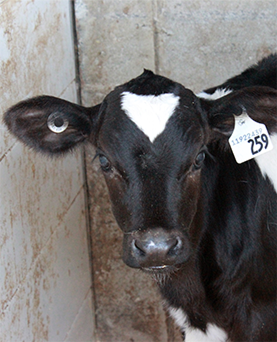
The evolution of feeding dairy calves
Over the past century, calf feeding and management have evolved, blending traditional wisdom with modern advancements. While hygiene, nutrition and health management remain essential, research and technology continue to improve calf care, making it more effective and efficient. By comparing historical approaches with modern innovations, producers can better understand past lessons and embrace future improvements.

100 years of genetic innovation in Canadian dairy
Canadian dairy genetics have advanced in leaps and bounds over the past century. It’s hard to point to one innovation that’s made the greatest contribution, but rather it’s been a combination of achievements and milestones that have shaped the industry to what it is today – a global genetic powerhouse.
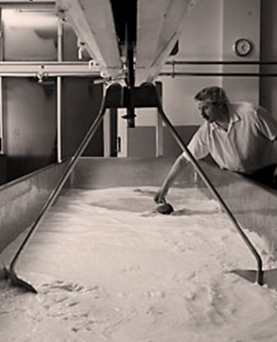
Empire Cheese: celebrating nearly 150 years of tradition
In a rapidly evolving world in which most businesses are driven to consistently pivot in response to shifting market demands, tradition is often neglected and ignored. Yet nestled in the heart of Campbellford, Ont., Empire Cheese has not only endured for nearly 150 years, it has flourished, thanks in large part to its steadfast commitment to traditional cheese-making and its deep roots within the local agricultural community.

